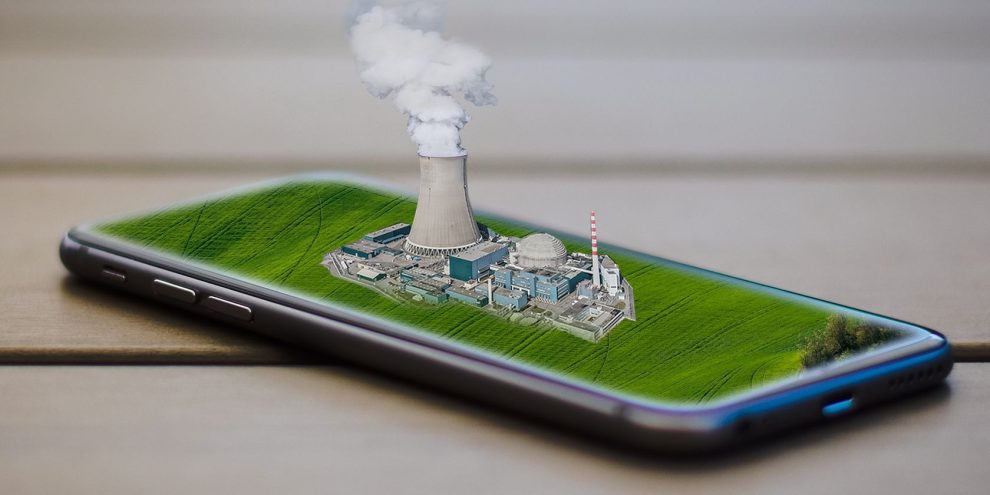Smartphones have become an indispensable part of our lives, connecting us to the world at our fingertips. But this convenience comes at a hidden cost – a significant environmental impact that spans the entire lifecycle of these devices, from mining the rare metals they contain to disposing of them as e-waste.
Mining the Earth’s Scars:
The journey of a smartphone begins deep within the Earth, where rare metals like cobalt, lithium, and tantalum are extracted. These metals are crucial for components like batteries, screens, and circuit boards. However, mining these resources is often associated with environmental degradation, deforestation, and water pollution.
- Cobalt: 70% of the world’s cobalt comes from the Democratic Republic of Congo, where child labor and unsafe working conditions are rampant. Mining also contaminates water sources with heavy metals.
- Lithium: Lithium mining in Chile and Argentina consumes vast amounts of water in arid regions, impacting local communities and fragile ecosystems.
- Tantalum: Coltan, a mineral containing tantalum, is mined in conflict-ridden areas like the Democratic Republic of Congo, fueling violence and human rights abuses.
Building with a Dirty Footprint:
The manufacturing process itself is another major contributor to the environmental footprint of smartphones. Refining the extracted metals, assembling the devices, and transporting them across the globe all generate greenhouse gas emissions and pollute the air and water.
- Electronic waste (e-waste): Smartphones are considered e-waste, and improper disposal can be hazardous. The toxic materials they contain, such as lead and mercury, can leach into the soil and groundwater if dumped in landfills.
The Short Life, Long Shadow:
The average smartphone is replaced every two to three years, leaving behind a trail of e-waste. Unfortunately, only a small percentage of smartphones are recycled properly, with the majority ending up in landfills or shipped to developing countries for informal recycling, often under harmful conditions.
Breaking the Cycle: Towards a Greener Future
While the environmental impact of smartphones is undeniable, there are steps we can take to minimize it:
- Extend the lifespan of your device: Use your phone for as long as possible, opting for repairs over replacements when feasible.
- Buy responsibly: Choose phones made with recycled materials and from brands committed to sustainability practices.
- Recycle properly: Don’t throw away your old phone! Take it to a certified e-waste recycling facility.
- Support sustainable solutions: Advocate for responsible mining practices, fairer trade deals for resources, and innovation in e-waste management.
By making conscious choices and demanding transparency from manufacturers and governments, we can break the cycle and build a more sustainable future for our planet, one responsible smartphone at a time.
Remember, the true cost of convenience goes beyond the price tag. Let’s be mindful of the hidden environmental impact of our tech choices and work towards a greener future for all.















Add Comment